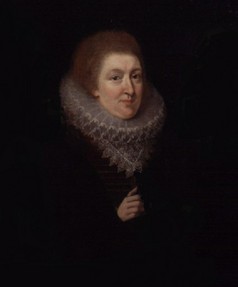 There's a pervasive tale that the nursery rhyme Jack and Jill is about a thwarted attempt, on the part of King Charles I, to gain extra taxes on beer. The second verse mentions the bruised Jack going to see Old Dame Dob, who patches him up with vinegar and brown paper.
There's a pervasive tale that the nursery rhyme Jack and Jill is about a thwarted attempt, on the part of King Charles I, to gain extra taxes on beer. The second verse mentions the bruised Jack going to see Old Dame Dob, who patches him up with vinegar and brown paper.
If Jack is indeed Charles, then Old Dame Dob was Elizabeth Carey, aka Dame Robert Carey (pictured later in life).
It's difficult to ascertain the truth of the rumor, but history does tell us that he did return to Elizabeth time and time again. They were close. Like mother and son, even when he was monarch; and that relationship started in 1605.
Prince Charles had barely turned four years old, when he was taken to live with the Carey family, in their new apartment in White Hall Palace, London (modern day Whitehall). It must have been a bitter-sweet period for Elizabeth.
Not only had she got this onerous responsibility, but to sweeten the deal, their eleven year old daughter, Philadelphia, was sent to Coombe Abbey to be raised alongside Princess Elizabeth Stuart. The arrival of the prince, demanding so much attention from Lady Carey, can't have gone down well with one year old Thomas either.
Prince Charles was desperately upset. He'd wanted to stay with Queen Anne; and his new home with the Careys meant that his Scottish nurse - who'd been with him since birth - was sent home to Dunfermline.
He made himself so ill that he was more or less instantly bed-ridden from almost the moment that he arrived. It didn't look good.
Elizabeth Carey devoted a lot of time to him. She gained the little boy's trust and began to work on building up his confidence. Prone to panic attacks, even at four, the priority was psychological care. His family didn't help matters. His brother, Henry, Prince of Wales, seemed to delight in making the boy cry with cruel comments about his prospects and physicality; and his mother seemed convinced that Charles was just being stubborn in his weakness.
Displaying a seemingly infinite supply of patience, Elizabeth helped Charles string together sentences which weren't lost in stammering. It took years to accomplish, but he got there.
Just not fast enough for King James. The boy's father decided that the problem lay in the position of Charles's tongue. He sent a physician to cut beneath it. Elizabeth Carey refused to allow the surgery to take place. She went immediately to see the King and told him outright that it wasn't going to happen.
King James bowed to her judgment and recalled the physician.
Alongside this was the little boy's painful gait. He could hardly stand, let alone walk, at four years old. When he was created Duke of York, at the end of 1605, a courtier had to carry him through the ceremony. James's plan was to fit him with iron boots to build up the strength in his legs and joints.
Elizabeth Carey told him no. James backed off.
Instead, she had some stiff boots made to fit out of Spanish leather. They were hard wearing and helped steady the infant's ankles, but without being too heavy to wear. When Charles was well enough to be out of bed, he had them on his feet.
Elizabeth helped him gradually build up his steps until he could actually walk. It was genuinely painful for him, as the rickets made his bones so fragile.
She'd found another trick too. Charles panicked under criticism, but became anxious to please under praise. She used well delivered encouragement to keep him pushing beyond what all thought were his limitations.
In later years, King Charles I would be deservedly proud of the challenges that he overcame in his infancy and childhood. He gave all credit to both himself and his foster mother. It had been a brave journey for both.


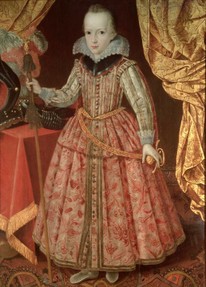 When the tiny and sickly Prince Charles Stuart first arrived in England, no noble family in the kingdom wanted to take responsibility for him.
When the tiny and sickly Prince Charles Stuart first arrived in England, no noble family in the kingdom wanted to take responsibility for him.
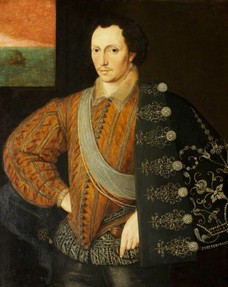 Sir Robert Carey didn't come from nowhere. He was the son of Baron Hunsdon and the second cousin of Queen Elizabeth I. But he wasn't the most highest ranking of all nobles.
Sir Robert Carey didn't come from nowhere. He was the son of Baron Hunsdon and the second cousin of Queen Elizabeth I. But he wasn't the most highest ranking of all nobles.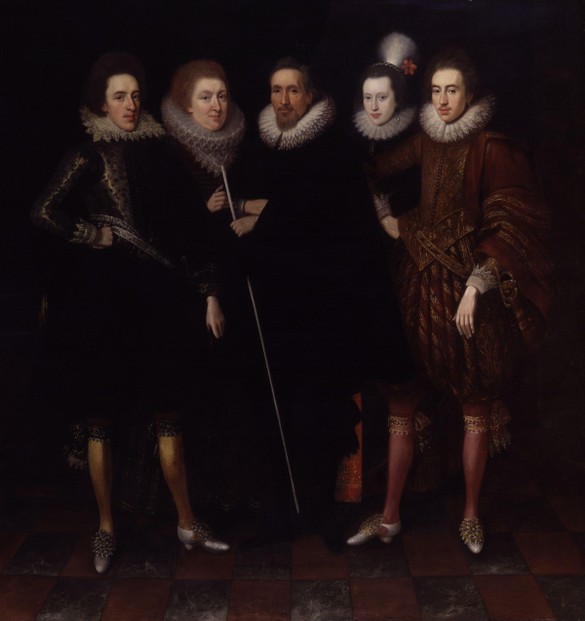

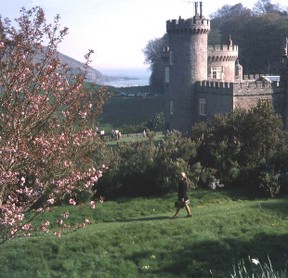 Sir Hugh Trevannion came from a family which had grown rich in tin mining, at Cannamanning, in Caerhayes, near St Austell. They now held Caerhays Castle and sixty acres of land; and it was still producing tin. He had married Sybilla Morgan, from Monmouthshire (modern day Gwent).
Sir Hugh Trevannion came from a family which had grown rich in tin mining, at Cannamanning, in Caerhayes, near St Austell. They now held Caerhays Castle and sixty acres of land; and it was still producing tin. He had married Sybilla Morgan, from Monmouthshire (modern day Gwent).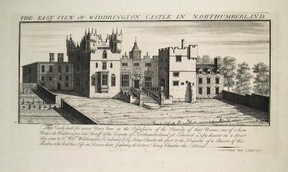 Henry and Elizabeth married in July 1580, but there is no record of children. In fact, the Parliamentary biographies state that Sir Henry died childless. (With thanks to KB - in the comments - for this information.)
Henry and Elizabeth married in July 1580, but there is no record of children. In fact, the Parliamentary biographies state that Sir Henry died childless. (With thanks to KB - in the comments - for this information.)

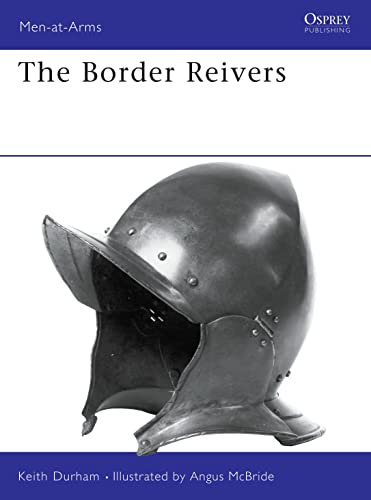
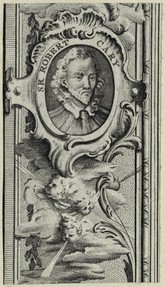 The last decade of Elizabethan times must have been worrying for the Careys. It appears that Carey had to leave control of the Borderlands in the care of the Widdringtons, while he retired home to Wales.
The last decade of Elizabethan times must have been worrying for the Careys. It appears that Carey had to leave control of the Borderlands in the care of the Widdringtons, while he retired home to Wales.


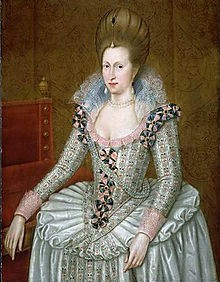 It's uncertain whether Lord and Lady Fyvie, at Dunfermline Castle, were courting favor from their absentee monarch, or just wanted rid of the dangerously weak little boy.
It's uncertain whether Lord and Lady Fyvie, at Dunfermline Castle, were courting favor from their absentee monarch, or just wanted rid of the dangerously weak little boy.

 There's a pervasive tale that the nursery rhyme Jack and Jill is about a thwarted attempt, on the part of King Charles I, to gain extra taxes on beer. The second verse mentions the bruised Jack going to see Old Dame Dob, who patches him up with vinegar and brown paper.
There's a pervasive tale that the nursery rhyme Jack and Jill is about a thwarted attempt, on the part of King Charles I, to gain extra taxes on beer. The second verse mentions the bruised Jack going to see Old Dame Dob, who patches him up with vinegar and brown paper.
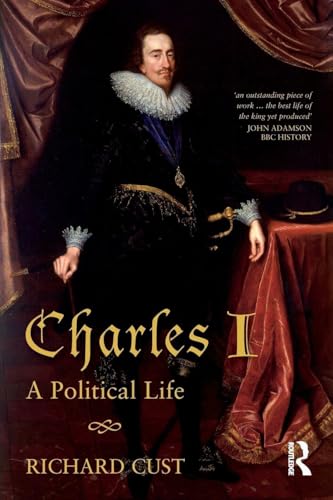

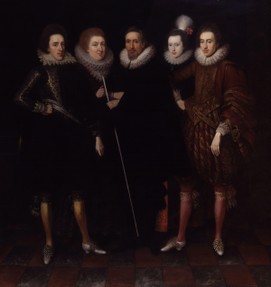 When Henry, Prince of Wales, died of typhoid, Charles was only seven days shy of his twelfth birthday.
When Henry, Prince of Wales, died of typhoid, Charles was only seven days shy of his twelfth birthday.



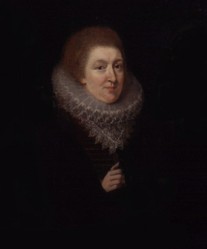

 St Tydecho's Churches in West Waleson 09/03/2014
St Tydecho's Churches in West Waleson 09/03/2014
 Goodies for an Outlander Premiere Partyon 03/06/2015
Goodies for an Outlander Premiere Partyon 03/06/2015
 Holocaust Memorial Day Interview with Rainer Höss, Grandson of Rudolf Architect of Auschwitzon 01/24/2015
Holocaust Memorial Day Interview with Rainer Höss, Grandson of Rudolf Architect of Auschwitzon 01/24/2015
 Romantic Valentine Gifts for an Outlander Fanon 01/16/2015
Romantic Valentine Gifts for an Outlander Fanon 01/16/2015

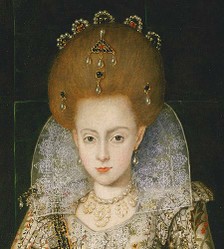
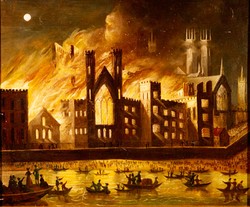
Comments
If Henry and Elizabeth had no children, then how could her Northumbrian estates pass immediately to her son upon his father's death? Was Elizabeth his only spouse?
Yay!
Nicely edited!
You've got me curious now. I'm going to go digging through my actual history books to see what I can uncover. Probably not much. People are generally more interested in the Carey marriage.
I've added it in for you. <3 The records I skimmed over were in Ancestry.co.uk
Hi - There are two things can think of. 1 -The marriage was not harmonious. 2-He was infertile.
I think that crediting the HoP is the way to go but if you like please feel free to say that I pointed you at that source. Which family records are you looking at? That would be helpful to me.
You raise a very, very good point! I've just done a little more digging myself, in the ancestral records and I believe that you're right. I'm going to alter this article accordingly and credit you, if you don't mind.
Thank you so much for bringing this to my attention.
It really does make us wonder why no children though. As you said, Elizabeth was able to conceive - hence the children later with Carey - but why not then? Was Widdrington infertile, or not at home?
Hi - The House of Parliament online bio for the Henry in question is my starting point for whether Elizabeth and Henry had children. See: http://www.historyofparliamentonline....
'His uncle, Sir Henry Widdrington, also exercised the shrievality, and for more than a decade held the post of knight-marshal in the county's principal garrison town, Berwick-upon-Tweed. Widdrington's father Edward was a younger son, who apparently owned only the town and castle of Swinburne, just north of Hadrian's Wall. However, when Sir Henry died childless in 1592, Widdrington inherited his broad estates in the south and the west of the county......'
What do you think?
I am wondering why he would die childless if married to Elizabeth, who later had at least (?) 3 children, for 12 years - unless he was infertile. As knight-marshall for Berwick, he would have reported to Elizabeth's uncle Henry Carey, married to her mother's sister Ann Morgan.
The plot thickens! As far as I was aware, Henry was the son of Henry and Elizabeth, so this is new information for me. What are your sources? Perhaps we can work it out together. :) Thanks for the heads up.
Hi - The research I have done shows that Henry Widdrington the younger was the son of Roger Widdrington not of the Henry married to Elizabeth. I am trying to ascertain if Henry Widdrington and Elizabeth Treviannon had any children.
You're welcome! She just fascinated me. There were high powered princes who wouldn't talk back to James, but she did from a very precarious position at times. You've got to respect that.